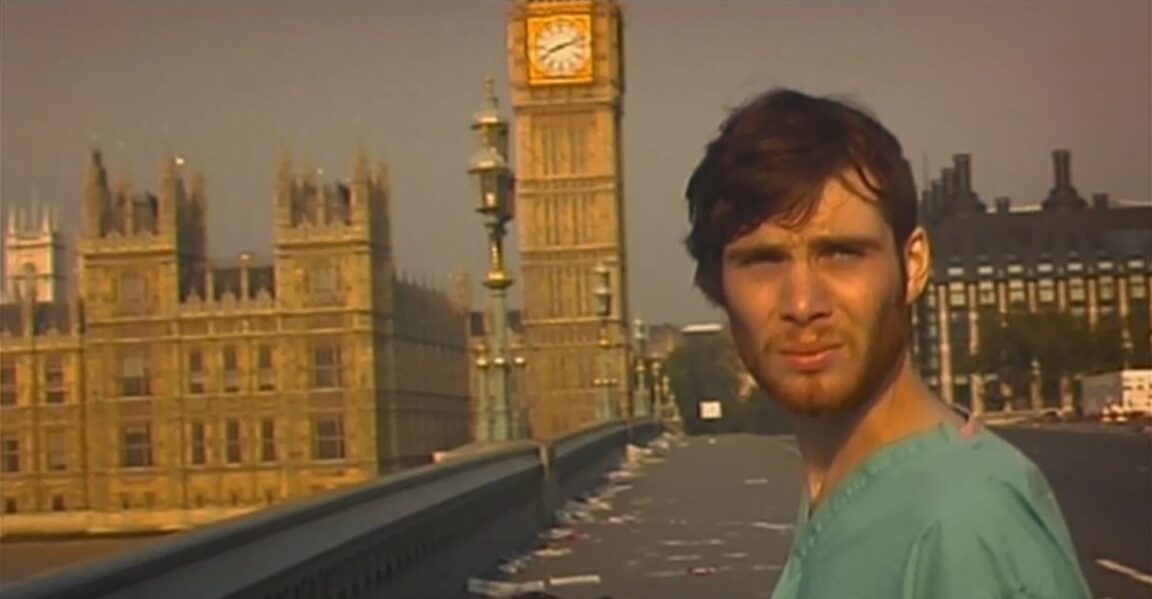It’s hard to believe, but it’s been 21 years since 28 Days Later hit theaters, revolutionizing the zombie genre and cementing its place as one of the most iconic post-apocalyptic films ever made. Now, two decades later, the franchise is returning to its roots, and fans couldn’t be more excited. Danny Boyle, the visionary director behind the original film, is reportedly back at the helm, with original writer Alex Garland also rumored to be involved. For those who’ve been eagerly awaiting more from this bleak, virus-ravaged universe, this is massive news.
The Impact of 28 Days Later
Back in 2002, 28 Days Later was a game-changer. The film, which was equal parts horror, science fiction, and survival drama, stood out from traditional zombie fare. Instead of slow, lumbering undead, 28 Days Later gave us “Rage”-infected humans—faster, more terrifying, and arguably more realistic in their portrayal of a societal collapse. The film’s success lay in its gritty realism, grounded by Boyle’s use of digital cameras to give the world a raw, almost documentary-style feel. It wasn’t just about surviving zombies; it was about the total collapse of civilization.
Its influence on the genre is undeniable. While zombies had been around for decades, 28 Days Later reinvigorated the genre, paving the way for films like World War Z and the hit TV series The Walking Dead. The idea of fast-moving zombies (or “infected”) became the new norm, and the film’s atmospheric blend of tension and horror was widely praised by critics and fans alike.
A Long-Awaited Return
For years, fans of the series have speculated about a third film, following 28 Days Later and its 2007 sequel 28 Weeks Later. Alex Garland, who wrote the original, has teased a third installment on and off, even mentioning at one point the possibility of a movie titled 28 Months Later. The timeline fits perfectly—what could happen in the world of 28 Days Later as society tries to rebuild from the ruins left by the Rage virus? Now, with talk of Boyle and Garland reuniting, that vision might finally come to life.
Returning to the roots of the franchise doesn’t just mean bringing back its original creators, though. From what we’re hearing, the new film aims to recapture the horror and intensity that made the original so groundbreaking. While 28 Weeks Later expanded the scope of the world, showing how global powers might attempt to contain the virus, this new installment might zoom back in, focusing once more on individual survival in the face of overwhelming odds.
What “Back to Its Roots” Means
When we talk about 28 Days Later going back to its roots, we’re talking about more than just the return of Boyle and Garland. The original film was defined by its tight, claustrophobic atmosphere and its emphasis on human emotion amidst a pandemic-fueled apocalypse. At its core, 28 Days Later wasn’t just about the horror of the infected—it was about the horror of human desperation, loneliness, and survival in a world stripped of civilization.
There’s speculation that the upcoming movie will adopt a similar, smaller-scale focus. Instead of the broader, action-driven sequences we saw in 28 Weeks Later—with military operations and quarantine zones—it’s likely we’ll be returning to the intimate, character-driven tension that made the original film so effective. Picture a return to desolate cityscapes, eerily quiet except for the distant sounds of the infected. The kind of haunting, apocalyptic loneliness that made Cillian Murphy’s character’s first moments in the film unforgettable.
Who Could Be Involved?
Casting details are still under wraps, but it’s hard not to speculate about who might return—or debut—in this third installment. Cillian Murphy, who starred as the central character Jim in the original film, has expressed interest in revisiting the role in the past. Since 28 Days Later, Murphy has gone on to become a major Hollywood star, and his return would be a dream come true for fans. Naomie Harris, who played the fierce and determined Selena, could also be a fantastic choice to revisit her role.
However, given the nature of the 28 Days Later world, it’s equally possible that we’ll be introduced to new characters grappling with the next phase of the apocalypse. Boyle and Garland are known for their ability to craft compelling, multidimensional characters, and any new cast is sure to bring the same depth and emotional resonance to the story.
Storyline Speculation
So what could a third 28 Days Later film look like? The original movie followed Jim’s journey as he navigated a desolate London, encountering both the Rage-infected and the terrifying lengths to which humans will go to survive. The sequel, 28 Weeks Later, expanded the story, showing us a Europe devastated by the outbreak, but one where attempts were being made to rebuild.
A third film, set 28 months after the initial outbreak (or perhaps even longer), could delve into the long-term effects of the virus. How does society rebuild in the shadow of such devastation? Are there new strains of the virus, new forms of infection that haven’t been explored yet? And what happens when the world—desperate to rebuild—is faced with the possibility that the infection could return?
Alex Garland has hinted at wanting to explore the idea of the Rage virus becoming an even greater threat than before. There’s also the question of human resilience and how societies try (and fail) to move forward after such a catastrophic event. Would there be factions of survivors at odds with each other? Perhaps a focus on what happens when survivors become just as dangerous as the infected?
The Boyle-Garland Collaboration
Part of what makes this third installment so exciting is the creative team behind it. Boyle and Garland are a dream duo when it comes to intelligent, thought-provoking storytelling. Boyle, whose filmography includes everything from Slumdog Millionaire to Trainspotting, has a knack for gritty realism mixed with fantastical elements. Garland, on the other hand, is celebrated for his sharp writing and atmospheric storytelling, as seen in his films Ex Machina and Annihilation.
Their partnership on 28 Days Later was a perfect storm of talent, with Boyle’s direction amplifying Garland’s haunting screenplay. With both of them potentially back on board, it’s hard not to imagine this third movie as a perfect continuation of the world they first created.
Conclusion: Why This Return Matters
After two decades, the return to 28 Days Later feels more relevant than ever. In a world still reeling from a real-life pandemic, the themes of isolation, societal collapse, and survival resonate on a whole new level. Boyle and Garland have a chance to reflect on how much the world has changed in the 21 years since the original film’s release, both in terms of global politics and personal survival.
The upcoming film could provide a fresh perspective on the apocalypse genre, while also staying true to what made 28 Days Later so iconic: the fear of the unknown, the stark imagery of an empty world, and the raw human emotions that come with survival. Fans of the original film are in for a treat as this franchise returns to its roots, blending horror, tension, and the deeply human experience of facing the end of the world.
With Boyle and Garland at the helm, 28 Days Later is set to rise again, reminding us all why the apocalypse is such a powerful cinematic backdrop—and why, 21 years later, we’re still captivated by the chaos it unleashes.
MEET THE AUTHOR
Lori has been a science-fiction fan since the age of 12. She is owner of Scifispace.com as well as CosplayCostumeCloset.com and created/chaired Tachycon, science fiction convention, for 13 years. She is a gamer and artist, jewelry maker, 3d printer, and overall geek.





